Best walking socks, tested and reviewed
Key Takeaways
- The right walking socks will increase your comfort and performance on every walk you take. They are chock full of features too, such as cushioning, breathability, moisture control, and more. They are a crucial piece of gear to keep your feet dry and cosy while preventing blisters and other sore-foot maladies.
- The type of material a sock is made from is critical to its success. Natural fibres, like our favourite merino wool, provide that softness and warmth, and when combined with synthetic fibres they bring durability and moisture-wicking properties. Generally, a blend of materials will give you the best mix of comfort and performance.
- There are many types of walking socks to accommodate different weather and activities. Lightweight socks are great for warm weather, midweight socks offer year-round versatility, and heavyweight socks work well for cold weather climates. Waterproof socks work wonders in wet terrain.
- Choosing the best walking socks starts with considering how active you’ll be, the conditions you’ll be walking in and what feels best on your feet. Proper fit is key to preventing blisters and providing the best support over long-distance walking.
- Specialised walking socks provide a range of unique benefits, such as better foot protection, lower blister risk and higher performance. These qualities in them make them a great value for anyone from the weekend walker to the serious hiker.
-
Experience smooth silhouettes and strategic strength that offer endless options for your best sock. Whether you prefer a low-cut or crew sock, find the perfect balance of comfort and performance in all walking environments.

The best walking socks come with a good cushioning system for all day comfort, support, and durability on long walks or hikes. Constructed from natural fibers such as merino wool or performance driven synthetics, our socks are designed to maintain warmth while moving moisture away from the foot.
Design elements like cushioned soles and reinforced heels diminish pressure points and stop blisters before they start, making an impact on foot health overall. A close fit makes sure they don’t slip and bunch, providing reliable protection across all types of terrain.
Most of the best walking socks use seamless construction as well to reduce the risk of irritation over long periods of use. Whether you're tackling rugged trails or enjoying a casual stroll, investing in the right pair can significantly improve your walking experience.
Opt for socks designed for your level of activity and shoe style for optimal performance and comfort.
What Are Walking Socks?
Although comfort is important, walking socks are all about keeping your feet in the best shape possible so you can walk further, faster and stronger. These socks are not your run of the mill pairs. They’re engineered to accommodate the unique, specific demands of walking, whether you’re ambling along, walking for fitness, or hitting the trails in inclement conditions.

These hiking socks are a unique blend of high tech materials and smart design to keep your feet safe, dry and well-padded.
Definition of Walking Socks
Walking socks are a high performance, technical sock designed to minimize friction, move moisture away from the skin and offer strategic support and cushioning. These socks usually have extra padding over the heel and ball of the foot which helps relieve pressure during extended periods of walking.
Merino wool, synthetic fibers, or a combination of the two are common materials used for insulation. Along with great moisture-wicking comfort, they provide exceptional breathability and durability. Not surprisingly, brands such as Smartwool and Darn Tough make the most of their materials.
Their products are designed to hold their shape and cushioning, even after lots of miles.
Why Walking Socks Are Important
Consider the importance of walking socks to the overall success of your feet and avoiding common maladies such as blisters or plantar fasciitis. Having the right cushioning can reduce your risk of developing heel pain by 41%.
Moisture-wicking fabrics help keep athlete’s foot and bad smells at bay. Whether you’re walking through snow or slush, socks built with Merino wool are top-rated for their warmth and moisture-wicking properties.
Layering fabrics is another simple but effective technique to ensure cold weather won’t put a chill in your stroll.
Common Uses of Walking Socks
Walking socks are extremely versatile and perfect for any activity. Most walks can be accomplished comfortably in a three-season hiking sock.
For seasonal requirements, opt for lightweight summer walking socks or warm winter walking socks. Popular brands like Icebreaker combine natural and synthetic materials to offer quick-drying properties, making them ideal for hiking, commuting, or casual daily use.
Key Features of Walking Socks
Here are some key features to consider when shopping for walking socks. The reality is that socks are about more than just protecting your feet from your shoes. They’re blister-busters, arch-boosters, and moisture-wicking magicians all in one.
Read on to learn about the top walking sock features that make their cost more than worth it.
1. Cushioning and Thickness Levels
Smartwool’s walking socks are made with several degrees of cushion to meet the needs of different terrains and endeavors. Additional cushioning in the heel and ball of the foot delivers essential impact protection.
By relieving strain, it can help prevent plantar fasciitis by up to 41%. Lightweight options are great for shorter walks and hot days. Heavyweight socks provide top-notch warmth in cold weather or other low-energy situations.
To illustrate, socks designed for hiking often have extra cushioning to cushion impact, which is perfect for rugged hiking trails.
2. Importance of Seamless Design
Seamless socks help avoid irritation and make blister formation less likely. Traditional seams lead to blisters from friction, particularly on long walks, while seamless designs prevent this problem.
This feature is especially nice for sock wearers who are prone to sensitive skin or hot spots.
3. Breathability and Moisture Control
Materials such as merino wool, CoolMax and Wickspun are great wicking materials. These moisture-wicking fabrics keep you dry, which is the first step in preventing fungal infections.
Double-layered socks reduce blister risk by 57%. They work in tandem to keep your feet dry, making them particularly ideal for runners and anyone wearing them in hot, humid climates.
4. Durability and Longevity
High-quality walking socks are made to be durable. Their reinforced heels and toes make them much more durable, so they’re a great value option.
Heavy-duty socks are best for rugged wear, like camping or trekking.
5. Sock Height and Coverage Options
Walking socks are available in low cut, crew, and knee-high lengths. Choose ankle socks for flat, casual walks, or crew socks for more coverage and protection on rugged trails.
Knee-high socks are ideal for models worn in colder climates, adding an additional layer of warmth.
6. Fit and Comfort Considerations
A close but comfortable fit is key. Socks that fit too loosely will bunch, creating hotspots and blisters, while socks that are too tight can cut off circulation.
Elasticated cuffs and arch support boost comfort and stability, enhancing your walking experience.
Materials Used in Walking Socks
The materials used in hiking socks are crucial for comfort, performance, and durability. With the right materials, your feet will remain happy and dry during even the longest hikes, minimizing the risk of overheating or blistering. By being informed about the properties of various socks, you can select the perfect pair that meets your needs for any hiking condition.
Natural Fibres and Their Benefits
We think natural fibres, especially Merino wool, are pretty darn special when it comes to their versatility and comfort. Derived from Merino sheep, this wool is super soft and fine, allowing it to be non-irritating to the most sensitive of skin. It’s natural insulation that will keep your feet warm in cool temperatures and breathable when it’s hot out.
Its moisture-wicking properties mean that sweat is easily pulled away from the skin, keeping feet drier and reducing blister risk. As an added bonus, merino wool is naturally odour-resistant, making it a smart and practical option for long hikes or multi-day excursions.
Cotton is a natural, breathable fiber that is often used in everyday socks. That’s great for wearing a dress, but not so great for walking. Its propensity to hold on to moisture can have your feet feeling wet and cold, making them more susceptible to blisters and discomfort.
Synthetic Fibres and Performance
Synthetic materials like polyester, nylon, and other synthetic fabrics are commonly found in walking socks for their moisture-wicking and quick-drying properties. They keep feet dry by rapidly wicking moisture to the outside layers of the sock.
Coolmax polyester is often used in walking sock materials. It’s no wonder then that it makes up 61% of the material since it’s such a good temperature regulator while helping to avoid overheating. Nylon provides flexibility and durability, keeping the socks from stretching out and losing their fit over time.
Combining Materials for Optimal Results
Blends of Merino wool and synthetic fibers are great walking socks. They combine the best of both materials’ benefits. This winning blend keeps warmth, moisture-wicking, and durability in perfect harmony, so your feet stay happy when you log the big miles.
This natural, moisture-wicking blend provides the comfort, durability, and warmth of Merino wool. Along with comfy cotton, it takes advantage of the strength and moisture-wicking properties of synthetic fabrics.
This powerful synergy minimizes friction like magic, protecting feet from blisters and discomfort on long walks.
Types of Walking Socks
By selecting the best walking socks you’ll make a huge difference in your comfort and performance. It further helps in achieving optimal foot health while spending time in the outdoors. Whether you’re facing the sweltering sun or a chilly drizzle, sock makers create walking socks to suit all conditions and climates, so your feet are cushioned wherever you roam.
Here’s a close look at the primary kinds of walking socks, including their specific advantages and appropriate applications.
Lightweight Socks for Warm Weather
Lightweight socks are best for warm, dry weather. These socks are typically made with moisture-wicking fabrics like merino wool blends or synthetic fibers. With their superior moisture management, your feet will stay dry and comfortable all day long.
Even in a lighter sock, merino wool gives you natural odour resistance and temperature regulation. Socks with a higher merino content (75% or more) are less durable in the long run.
Lightweight socks usually have mesh panels on top for ventilation, and compression zones around the arch provide extra support. They make excellent day hikes or urban walking socks in the warmer months.
Midweight Socks for Versatility
Midweight socks offer a happy medium between warmth and breathability, so they’re a great option any time of year. They usually have a mixture of merino wool with synthetic materials, like nylon, for long lasting durability.
Moggans Stravaiger Midweight socks, made in Scotland, offer cushioning and warmth, with a fabric content of 23% cotton for added comfort. These heavy-duty socks keep blisters at bay.
In fact, research has found that using high-quality materials can prevent blisters by as much as 40%. Arch support and reinforced heels add even more comfort.
Heavyweight Socks for Cold Conditions
Heavyweight walking socks are best used in colder climates and used for maximum insulation. They often include terry loop construction all over for ultimate coziness.
The Hanwag Thermo hiking socks have low loop piles on the heel. The molded design helps provide a tight fit and make sure your feet stay toasty.
By blending merino wool with synthetics, you get a durable sock designed to wick moisture away. These socks are ideal for winter day hikes or multi-day excursions in cold conditions.
Waterproof Socks for Wet Terrain
Waterproof socks are ideal for walking in rainy or muddy environments. These designs typically have three layers. A waterproof, breathable membrane sandwiched between a soft inner layer and a tough outer layer.
Some designs even feature merino wool for added warmth and moisture management, and a synthetic outer layer provides durability. Waterproof socks are breathable, so you won’t overheat, making them perfect for changeable weather or stream crossings.
How to Choose the Right Walking Socks
Choosing the right walking socks will make all the difference to your comfort while walking or hiking. They’re just as key to your overall foot health. The most effective socks are purpose-built, engineered with features that focus on cushioning, moisture wicking, and arch support.
To choose wisely, think about how active you are and what kind of hikes you’ll be doing. Additionally, consider how you like to be comfortable.
Assess Your Activity Level and Needs
To choose the right walking socks, first consider how frequently and how long you plan to walk. If you’re using them for shorter walks or casual, lightweight socks with moderate cushioning will do the trick.
On longer treks, or on a multi-day hike, socks of higher quality are a great way to lessen friction, keeping blisters at bay. In fact, research has shown that these types of socks lower blistering risk by an impressive 40%. This advantage makes all the difference for anybody taking long walks.
Material is important too—look for moisture-wicking materials such as merino wool or Coolmax to pull sweat away from your feet, keeping them dry and preventing blisters.
Match Socks to Hiking Conditions
Terrain and temperature play a huge role in your selection. If you’re hiking on wet or muddy trails, consider layering two pairs of socks.
Made with moisture-wicking fabric, the inner sock keeps your feet dry. At the same time, the outer sock features a durable water repellent (DWR) finish to keep elements at bay.
During winter, a thicker sock with extra insulation will keep your toes warm, while a breathable, thinner sock will keep you comfortable on hot-weather hikes.
Consider Personal Comfort Preferences
Comfort should be your biggest priority. Look for socks with arch compression to give your mid-foot some support.
These socks will help ease the strain and prevent injury such as Plantar Fasciitis from developing. Socks with different levels of cushion give you the flexibility to pick what works for you.
Prices normally are from £8 up to £50, depending on materials and features.
Benefits of Specialised Walking Socks

There are plenty of factors that go into an enjoyable walk, but wearing the right hiking socks is a game changer. These specially designed merino wool hiking socks provide walkers with the best foot protection possible. Most importantly, they enhance performance, focusing on the demands of hikers and their footwear type.
Improved Foot Protection and Support
Specialised walking socks, such as merino wool hiking socks, are engineered specifically with fabrics and construction methods designed to protect and support the foot. For everyday walking, lightweight cotton blend socks offer exceptional comfort, keeping your feet feeling soft and fresh all day long.
For more high-performance wear, merino wool socks provide a form-fitting feel and extra soft padding. This seemingly simple combination goes a long way in reducing pressure across sensitive parts of the foot - helping to avoid problems like joint pain, arch irritation and more.
Waterproof walking socks are excellent for extreme weather conditions, whether you’re out on a rainy dog walk or a snowy winter hike. Designed to soften the blow of unpredictable ground, these socks help you maintain a safe and supported step during your hiking experience.
Reduced Risk of Blisters and Hot Spots
Blisters and hot spots may be the most notable foe of the walker, but they’re completely avoidable. This is where specialised socks come in, as they’re purpose-built to pull moisture away from your feet.
We found that merino wool excels at moisture management and temperature regulation, which helps reduce friction that leads to blisters. Its natural odour resistance keeps you feeling fresh on multi-day hikes.
After years of long-distance walking, I’ve relied on these socks to stay blister-free, proving their effectiveness in preventing foot problems.
Enhanced Performance During Walks
Well designed, comfy, supportive socks will not just keep your feet safe, they’ll enhance your walking game. When you eliminate distractions, such as discomfort or foot pain, you can devote all your energy to the task at hand.
Long-distance users like hikers and trail runners appreciate socks that support the foot with extra cushioning at important pressure points. Research shows that by wearing the correct socks you can avoid nearly 90% of all foot problems.
This makes them an indispensable asset to any walker’s kit. This investment pays off in longer, more comfortable, more confident walks.
Conclusion
Good walking socks will greatly improve both your comfort and your stamina on any hike. The best pair will keep your feet dry, prevent friction, and provide the right amount of cushion. So it’s important to consider the material, the fit, and the features that are best for your activity. Merino wool blends, for instance, will help ensure your feet are warm in winter and cool during summer months. Socks with more thickness and padding are ideal for long, strenuous hikes, while lightweight socks are perfect for short, casual walks.
By investing in quality walking socks, you can take the necessary measures to avoid blisters and discomfort and focus on enjoying the journey. Just like you would with your shoes, take the time to find the right pair that meets your needs. Your tootsies will be eternally grateful. Excited to enhance your next walk? It all begins with the best walking socks!
Frequently Asked Questions
What makes walking socks different from regular socks?
Walking socks, especially merino wool hiking socks, are engineered to offer the ultimate comfort and support for extensive hikes. They prevent blisters, keep moisture away, and provide cushioning in high-impact spots, ensuring feet are comfortable and protected.
Why is material important in walking socks?
The fabric used in hiking socks, particularly merino wool hiking socks, makes a big difference in comfort and performance. Wool—especially merino—naturally regulates temperature and wicks moisture, while synthetic blends create a durable fit. In contrast, cotton socks are the worst choice as they hold moisture next to your skin, leaving you feeling cold and clammy.
Are thicker walking socks better?
Not really, actually. While thicker socks, like heavyweight hiking socks, provide additional cushion, they can lead to overheating. For warm weather or short hikes, lightweight hiking socks will be preferable. Select according to what you’re doing and the conditions.
How do I prevent blisters with walking socks?
Look for seamless construction and moisture-wicking materials in quality hiking socks. First and foremost, the right sock size is key to preventing friction. Double layer socks or those with a reinforced heel and toe are great too.
Can walking socks be worn year-round?
Yes. Each type of sock has its time of year. Wool-blend and insulated socks, like merino wool hiking socks, are perfect for winter, while summer-weight socks dry quicker and keep feet cool.
How do I choose the right size walking socks?
Ensure your socks aren't too loose or tight; refer to the size guide from the sock brand. Wearing the right hiking socks is crucial, as improper fit can lead to blisters and affect your overall hiking experience.
Do walking socks need special care?
Yes. • Care for them by washing your merino wool hiking socks as indicated on the care label, typically at low temps. Steer clear of fabric softeners, which can break down the moisture-wicking abilities essential for quality hiking socks. With the right care, they’ll last you twice as long.




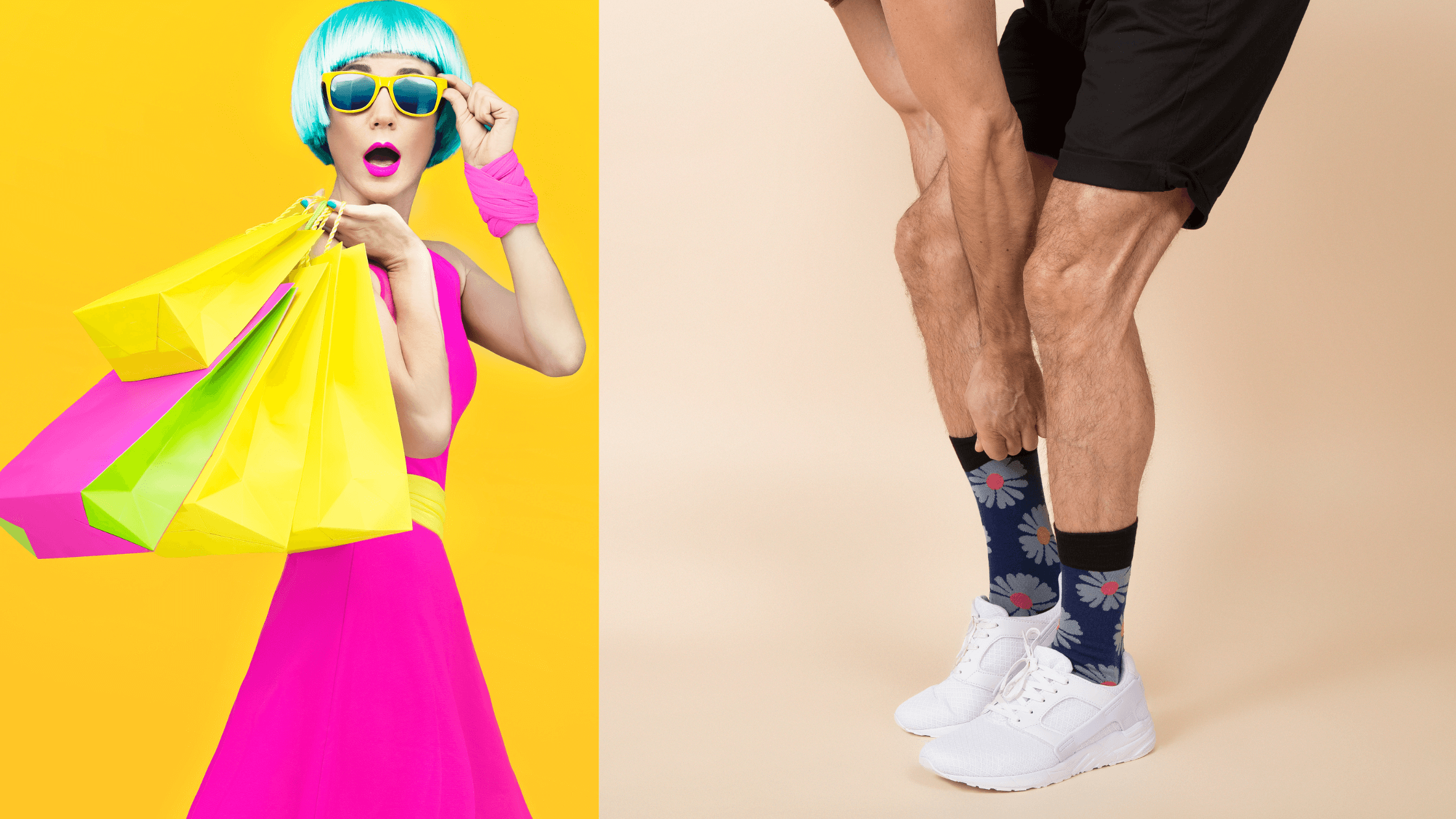
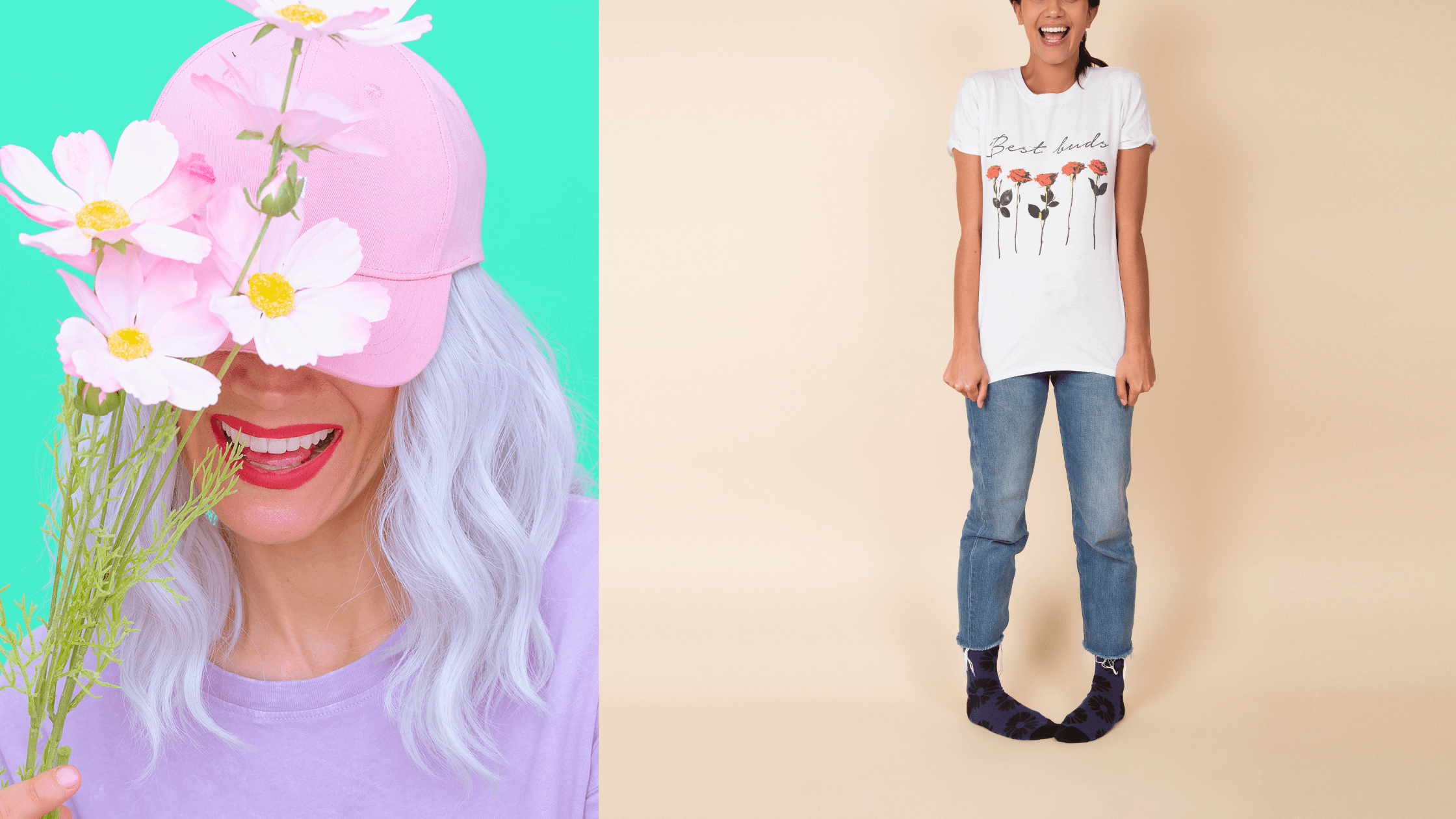







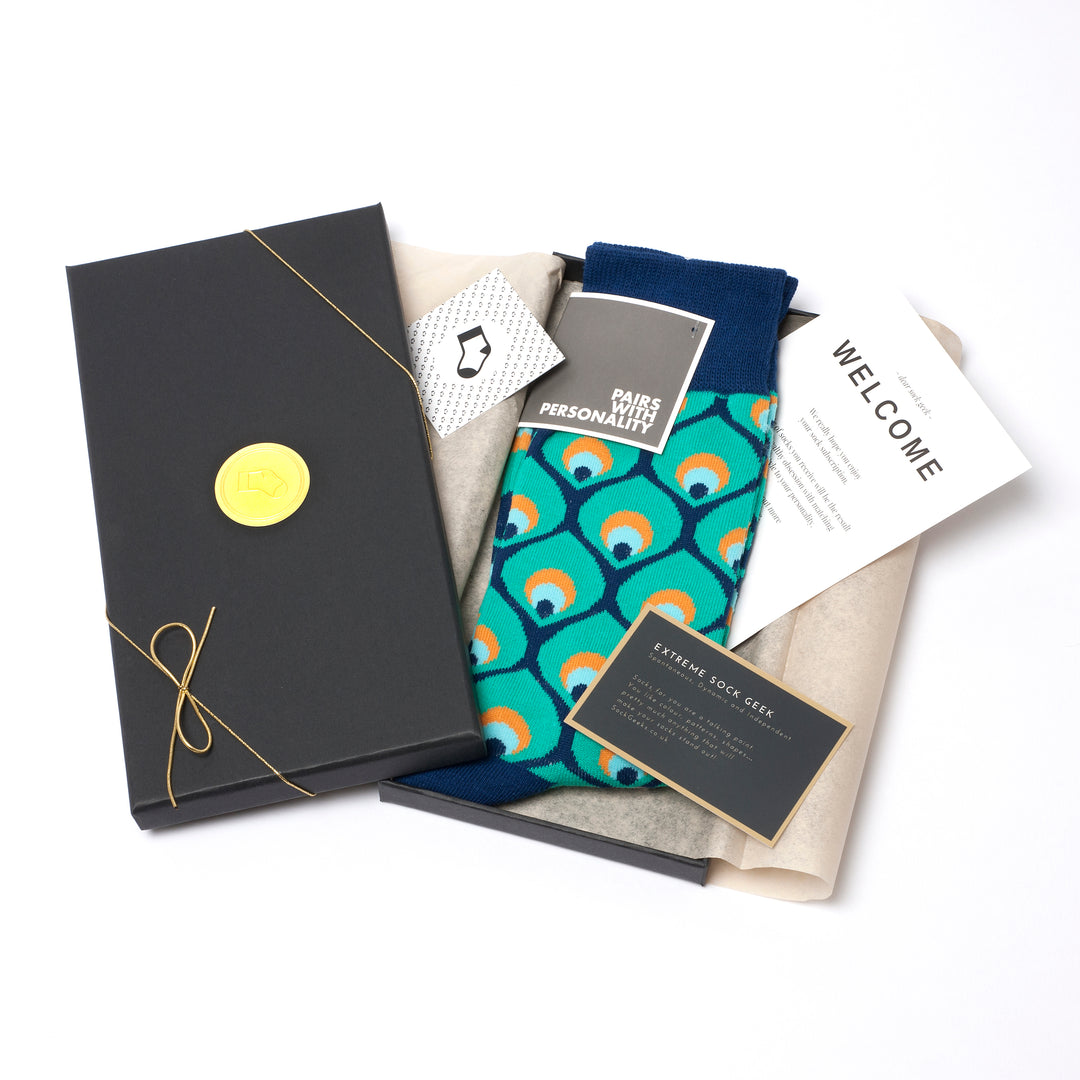

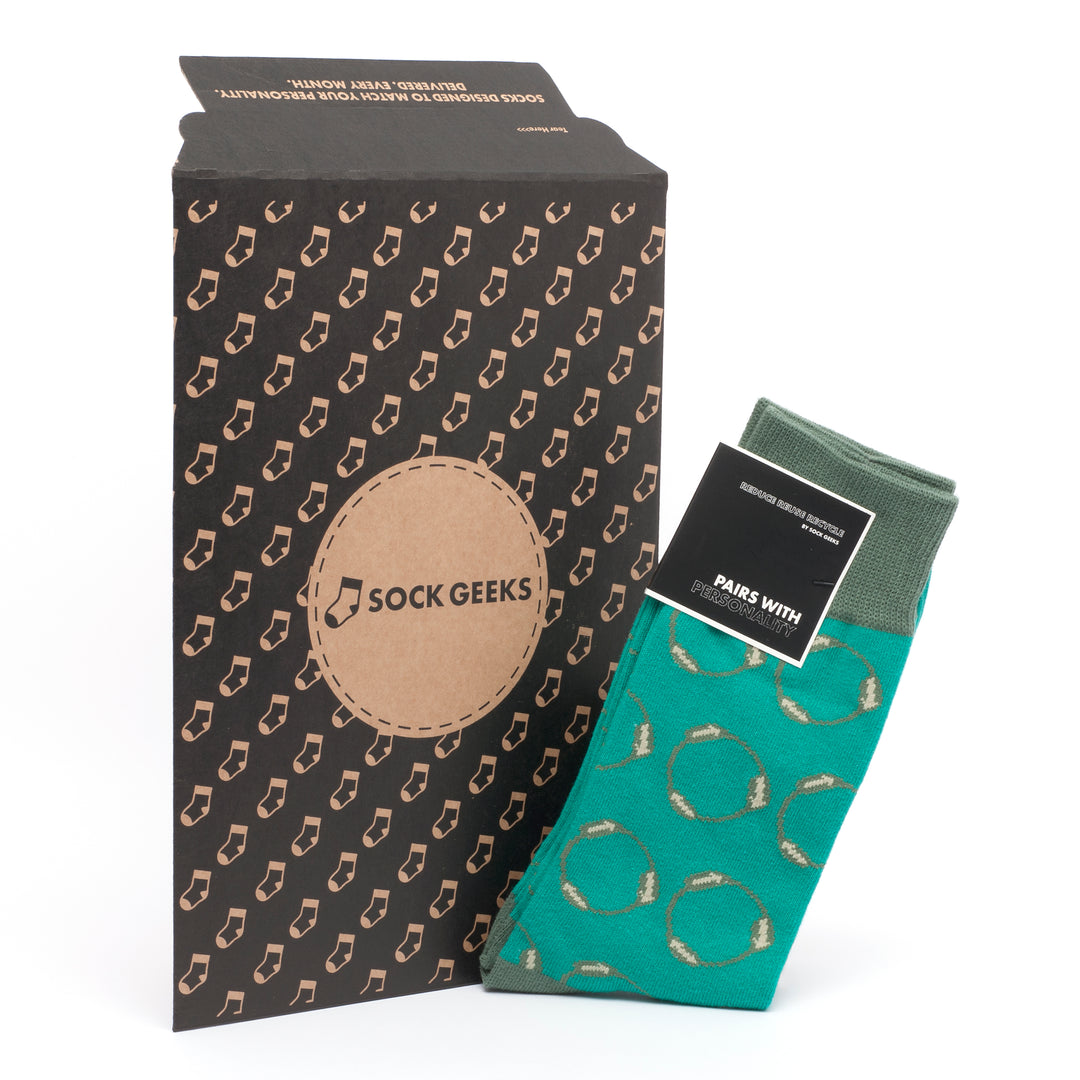
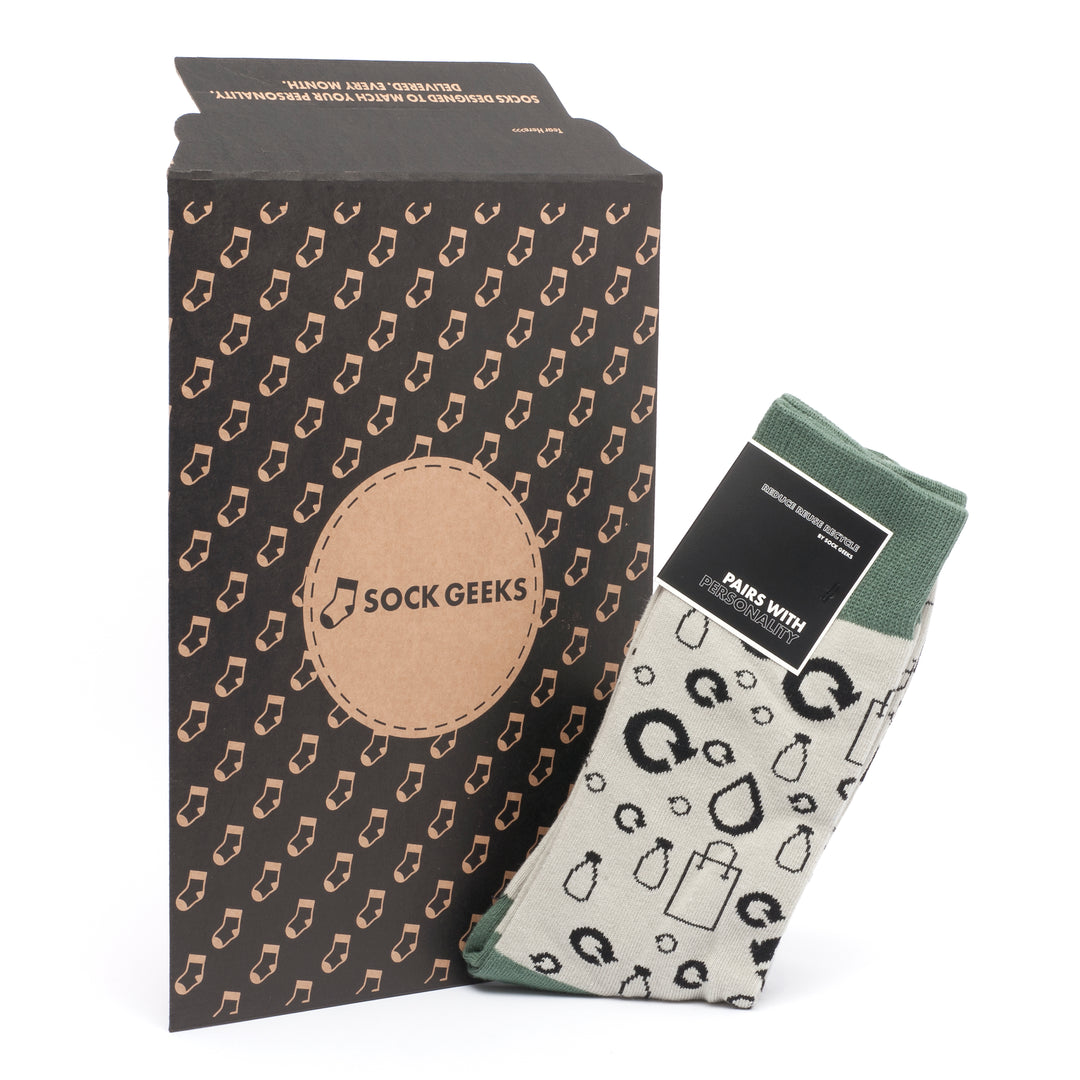



Leave a comment